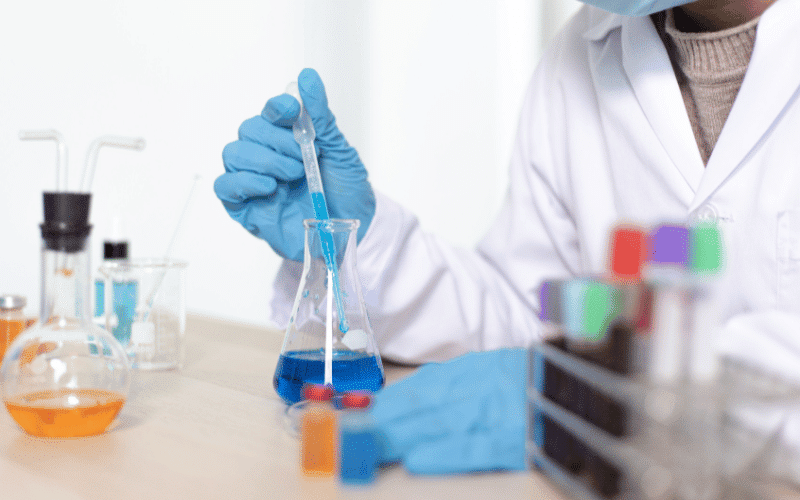Fact 7: There’s No Cure, But Treatment Options are Available

Although a cure for Juvenile Huntington’s Disease currently remains beyond our grasp, the global scientific community continues to seek solutions tirelessly. Each research study deepens our understanding of the disease, bringing us closer to potentially discovering a cure.
Until a cure is found, the focus remains on managing symptoms to improve the quality of life for those affected. Therapies are tailored to address physical, cognitive, and psychiatric symptoms. Medications like tetrabenazine can help manage chorea, and antipsychotic drugs can address psychiatric symptoms.
Physical therapy, occupational therapy, and speech therapy play critical roles in managing physical symptoms and maintaining independence. Counseling and psychiatric services support mental health. Together, these therapies provide a comprehensive approach to symptom management.
Support from caregivers, family, friends, and the broader community is invaluable in managing juvenile HD. Support groups, both in-person and online, can provide emotional support and practical advice, proving beneficial for patients and caregivers alike.
With continuing advancements in medical science and genetics, the future holds promise. Ongoing trials explore gene therapy, stem cell therapy, and various potential drugs, offering hope that more effective treatments — and ultimately, a cure — may be on the horizon. (7)